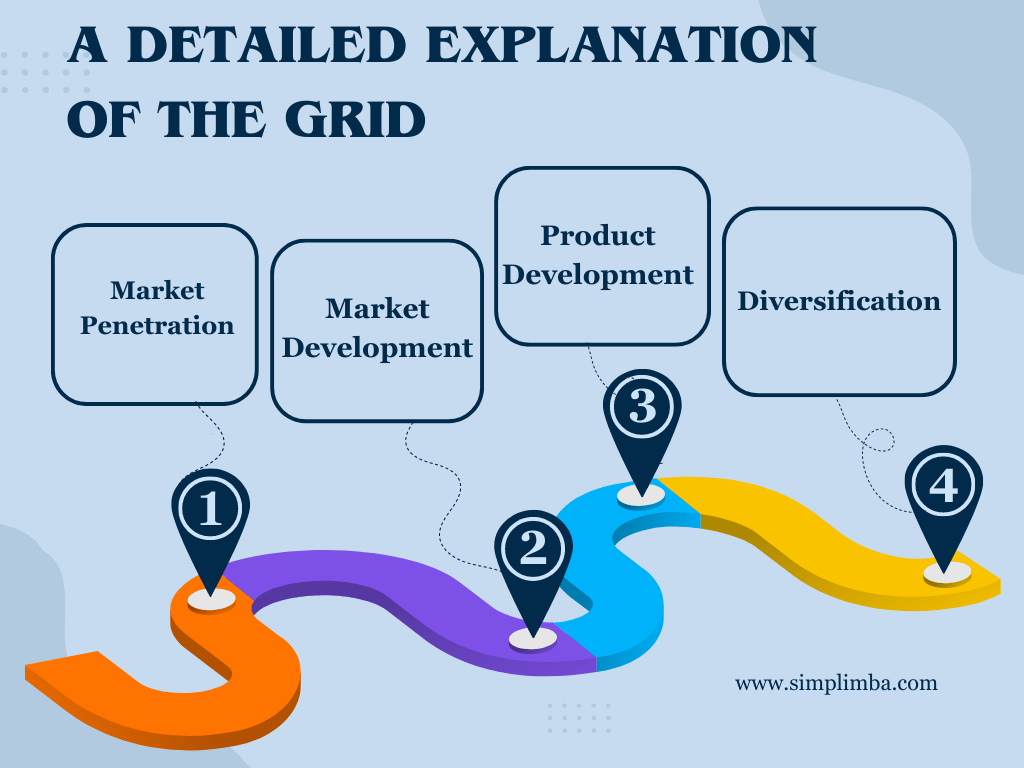In the heart of marketing’s multifaceted realm lies a crucial tool that has long been the subject of debate and refinement: the Targeting Inputs Grid. Like a strategic battle plan, it guides marketers in their relentless pursuit of reaching the most receptive audiences. In this article, we delve into the intricacies of this grid, exploring its respected history and the arguments for its potential expansion.Join us as we unravel the complexities of the Targeting Inputs Grid, its strengths, and the intriguing possibilities that lie ahead.
Revisiting the Targeting Inputs Grid: Relevance in Modern Decision-Making
Respect or Expand? The Evolving Nature of the Targeting Inputs Grid
The Targeting Inputs Grid has been a cornerstone of marketing strategy for decades, but its relevance in the modern decision-making landscape is up for debate. While some argue for its continued importance, others advocate for its modernization.
- Proponents argue that the grid provides a structured framework for evaluating targeting parameters, ensuring that campaigns are laser-focused and deliver optimal results.
- Critics, on the other hand, contend that the grid’s narrow focus on demographics and behaviors fails to capture the complexities of modern consumer behaviour, which encompasses psychographics, motivations, and situational factors. They propose expanding the grid to include a wider range of targeting inputs.
The debate over the Targeting Inputs grid’s relevance will likely continue, but one thing is clear: as the marketing landscape evolves, so too must our approaches to targeting. Whether through refining the grid or embracing new frameworks, marketers must adapt to the ever-changing dynamics of consumer behavior.
Expanding the Grid: Embracing New Inputs for Enhanced Targeting
Expanding the Grid: Embracing New Inputs for enhanced Targeting
In an era of overflowing data, organizations are grappling with the challenge of identifying and leveraging the most relevant inputs to enhance targeting. While traditional approaches have relied on a limited set of demographics and behavioral data, the expansion of the grid offers promising avenues for improved personalization and precision. By embracing additional inputs such as psychographics, contextual factors, and machine learning algorithms, organizations can uncover hidden patterns and insights that traditional methods may miss. This holistic approach not only expands the range of targeting options but also opens up opportunities for more granular segmentation, allowing organizations to tailor their campaigns to the unique needs and preferences of each individual. The result is a more relevant, engaging, and ultimately effective targeting strategy that drives tangible business outcomes.
Practical applications: Leveraging the Grid for Targeted Interventions
This data is valuable in developing targeted interventions to aid resource allocation decisions. Employment interventions could be targeted at the working-age population with a low likelihood of employment to address employability issues.Education interventions targeting a young population with low educational attainment could help them obtain a foundational education and improve their future employment prospects.
Recommendations for Adoption: Optimizing the Use of the Targeting Inputs Grid
Recommendations for Adoption: Optimizing the Use of the Targeting Inputs Grid
To enhance the effectiveness of targeting efforts, it is imperative to leverage the Targeting Inputs Grid strategically. Utilize the following recommendations:
- complete Data Collection: Gather a wide range of data points to populate the grid, ensuring accuracy and thoroughness.
- Regular Review and Adaptation: Regularly revisit the grid to evaluate performance and make necessary adjustments based on campaign goals and audience insights.
- Collaboration and Feedback: foster open dialog among stakeholders to share input and ensure alignment in targeting decisions.
- Integration with Other Tools: Integrate the grid with marketing automation and analytics platforms to streamline workflows and derive actionable insights.
- Optimization and Refinement: Continuously analyze results and optimize the grid to ensure it remains relevant and effective over time.
The Conclusion
As the dust settles on the Targeting Inputs Grid debate, its legacy remains open to interpretation. Whether it remains a revered stalwart of marketing strategy or expands its scope to encompass new frontiers remains to be seen. Yet, one thing is certain, the future of marketing will continue to evolve, and with it, the tools and frameworks we use to navigate its complexities. the Targeting Inputs Grid may or may not be a part of that future, but its impact on the field will undoubtedly be felt for years to come.



